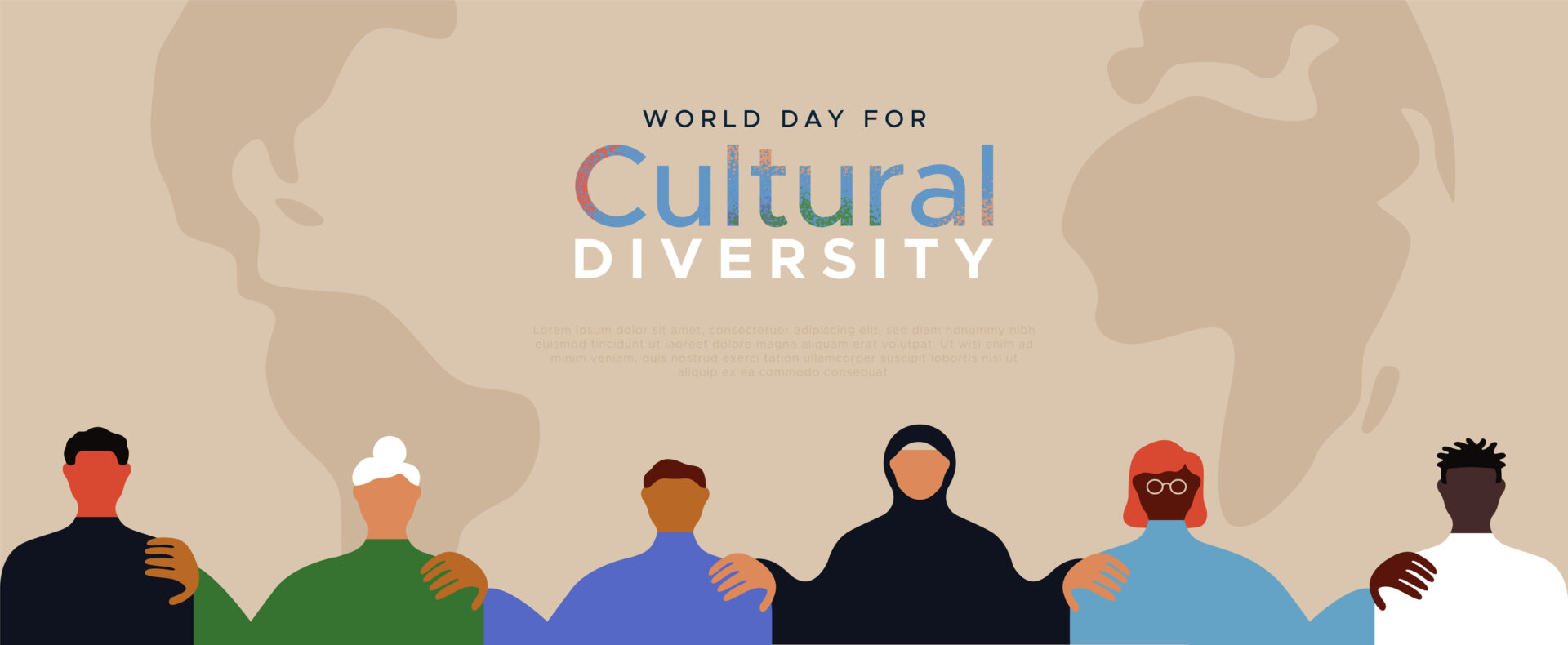Shifting US Demographics
The demographics of the United States are changing. According to the Pew Research Center, the U.S. will not have a single racial or ethnic majority by the year 2055. As the cultural fabric of our nation changes, medical practices are also evolving to adapt to these shifts in patient population.
Cultural Competency In Medical Schools
Many medical schools have implemented “cultural competency” courses as a requirement for all their students. Cultural competency training aims to inform students how to treat a patient depending on his or her cultural needs. These courses prepare students with knowledge of various cultural practices that a student might encounter when treating a patient. The heightened awareness that results from this training is designed to strengthen the physician-patient relationship. With more emphasis placed on understanding the patient’s background, physicians are better able to tailor care to accommodate a patient’s cultural norms. Long-term, cultural competency aims to reduce health disparities amongst patient populations and provide more balanced care across the board.
Empathy For Patients
However, many criticize these programs for teaching students to memorize culture rather than to empathize with a patient’s individual experience. As a result, many critics believe these programs end up strengthening cultural stereotypes. This argument is enhanced by the belief that cultural competency can only be learned in the clinical setting rather than in isolated workshops, which is how these courses are currently taught.
Self Awareness For Doctors
Instead of teaching cultural competence, Harvard Medical School created a course built upon teaching “cultural humility.” Through tapping into a heightened sense of self-awareness, students are taught to identify and overcome cultural conditioning and unconscious bias. Through open discussions, thought exercises, and journaling, cultural humility courses are designed to evoke empathy and a recognition of personal biases. Cultural humility is less of a didactic means of learning culture and more of an opportunity for open dialogue on personal cultural experiences.
Internationals In US Medicine
The changing immigrant population is reflected in the percentage of foreign doctors practicing in the United States. While 13% of the United States population is comprised of first generation immigrants, one out of four of those immigrants work in the U.S. healthcare system. Due to the diverse backgrounds and experiences of foreign-born doctors, these physicians are well suited to provide culturally competent care. While cultural competency or humility programs enhance an American physician’s awareness of patients, foreign-born doctors develop this knowledge through experience. Keeping the door open for international medical graduates (IMGs) and international students is vital for continuing the flow of culturally competent care in the United States.
Interested in increasing your cultural competency? A rotation through AMO will provide you with exposure to patients in the U.S. Apply for a rotation today!







[…] cultural background of these international medical graduates also allows them to exhibit the proper cultural competency needed to care for a diverse American population of […]
I am interested in pursuing Orthopaedic Surgery in United States. What will be the procedure?